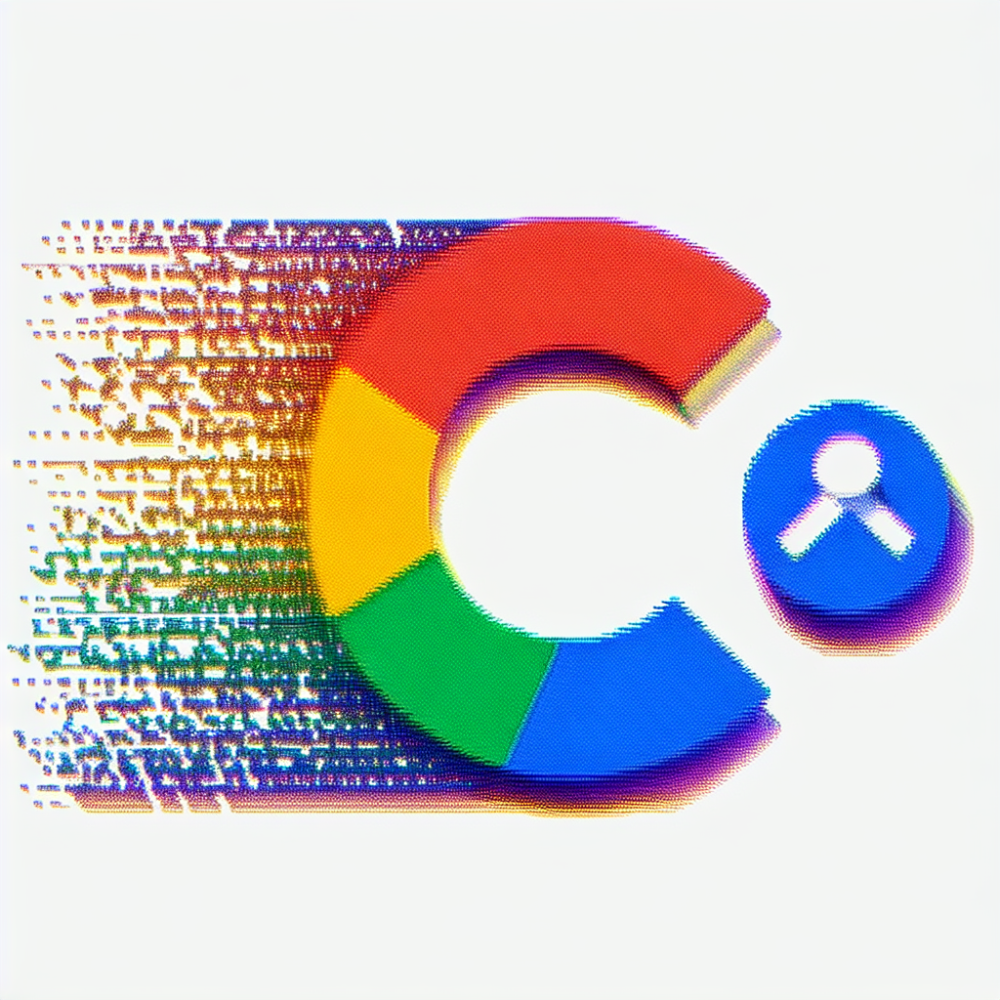Google Waves Goodbye to Cached Pages: Understanding the Impact and Exploring the Alternatives
In a move as unexpected as a scouse without a sense of humour, Google has decided to pull the plug on its cached pages feature, dealing a blow to many a web designer, SEO maven and average Joe. With this feature, Google displayed static versions of webpages as they appeared when Google last crawled the site—essentially it was like having a web time machine. This provided a plethora of benefits, from diagnosing site issues to spying on competitors. Here are the key points to quench your thirst for knowledge:
Google has decided to halt its cached pages feature
This feature allowed users to view web pages as they appeared when crawled last by Google, enabling them to check the old version of any website.
Web designers and SEO professionals frequently used the tool to diagnose website problems and to check the competition.
Alternatives are available, but they may not provide the same level of convenience and functionality as Google’s cache.
Understanding Google's motivations behind this move may help predict future adjustments to its algorithms.
For years, Google Cached Pages has been a vital tool in our arsenal. In fact, it's been our own little Beatles of web design—revolutionary, essential, and a veritable hit maker when it comes to resolving site issues. Without it, we're left strumming one string, trying to figure out our next move.
A key benefit of Google's cached pages feature was the ability to reference older versions of a website. Web design troubleshooters and SEO experts could peer back in time, checking how a site appeared when last crawled by Google. This was invaluable when diagnosing site issues, troubleshooting glitches, or simply checking out how competitors' sites have evolved. Think of it as a time-travelling magnifying glass, showing what was, not just what is.
Google's abrupt removal of the cached page feature has got some people feeling as miffed as a Liverpool fan told there's no room for them on the Kop. And that's understandable. This move necessitates finding an alternative, but the alternatives simply might not be up to the same standard. They might not provide the same level of convenience, functionality, or as comprehensive a snapshot of the past as Google’s cache.
Asking 'Why, Google, Why?'
When it comes to Google's intentions behind this move, we can only speculate. It might be a result of the tech giant's ongoing efforts to improve privacy, or it might be a response to copyright issues. Perhaps it's part of Google's strategy to push web designers and SEO professionals toward using its other tools or services. By understanding Google's motivations behind this move, we stand a better chance of predicting its future course of action, and in turn, adjusting our strategies accordingly.
Where to Now, Mate?
There's no need to fret just yet, folks. There are alternatives available for viewing past versions of a webpage. We have the Wayback Machine, Screenshots.com and Google's own Custom Search API among others. However, each of these alternatives comes with its own set of strengths and weaknesses. For example, the Wayback Machine may not have a complete archive for all websites, while the Custom Search API might involve a steep learning curve for beginners.
Web Designer's View: Adjusting Sail to the Wind of Change
As a web designer from Liverpool, to say I’m not a bit gutted by Google's decision would be a fib. It's akin to having your Beatles records nicked—leaves you feeling a bit lost, doesn't it? However, just as Liverpool has morphed and adapted from its days as a major port city to the cultural powerhouse it is today, so must we, web designers, evolve.
We can mull over Google's decision till our brew goes cold, or we can choose to adapt and work with the alternatives available to us. While the alternatives may not be as convenient or intuitive as Google's cached pages, I firmly believe that with a bit of Scouse pragmatism and a whole lot of our renowned tenacity, we can master these tools and continue delivering cracking web design solutions.
Remember, folks, change is the only constant. We've gained and lost many tools over the years, but what stays the same is our resilience and our ability to create solutions—even when they aren't handed to us on a silver platter. So here's to rolling with the punches and coming out stronger. After all, we're from Liverpool – we've faced bigger challenges and triumphed!


